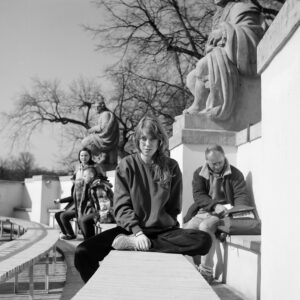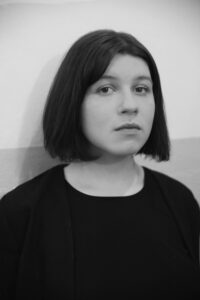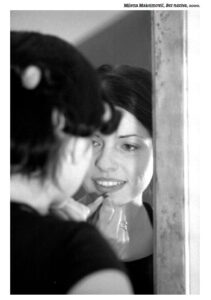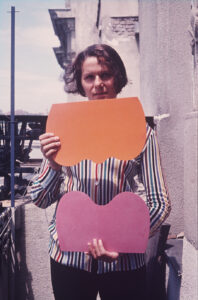About Secondary 607 Archive
The relationship between social production and reproduction has been a core issue for female art practices in recent decades and in the present – though one not consistently attended to by feminist art history. The depiction of working women or women’s work – in and out of the market – and the emphasis on the structures and activities transmitted from one generation to the next, constitute a strong strand in the image politics of feminist art. Yet there is another, perhaps more oblique strand, where the artist identifies with being a worker. It is not clear whether their work is productive, reproductive, or simply unproductive. Is social reproduction, then, a totalizing paradigm, incorporating not just the specific tasks traditionally allocated to women but the entirety of social production and consumption?
Despite the shifting situation of women in art, a position of the female artist remains secondary. The presence of a feminist discourse had played a major part in opening-up the discussion of gender, including the – inequalities, challenges, and changing roles faced by the archetypical woman. At the same time, this discourse has strengthened the discrepancies between specific “women’s identity” in different European regions and highlighted gender differences in these countries, whereas the discussion of gender and emancipation was hardly developed. The aim of this archive is thus to explore these diverse sets of concerns by looking at the ongoing debates on gender, agency, (in)equality, citizenship, and women’s activism in post-state socialism.
The fall of Iron Curtain, followed by the capitalist turn, resulted in the opening of the borders as well as in the conglomeration of both the institutional and commercial art markets. These processes of transformations formed around the wish of growth have taken the idea of unification for granted, – with no visible gender component to deconstruct a variety of misconceptions that suggest the marginality of women’s contribution to social change and provide a distorted representation of post-transformation gendered power dynamics. At the time when globalization is set as a primary context for a dialogue between women from the global south and the north, the reconstruction of specific genealogies of the feminist struggle within the eastern European spaces — and the deconstruction of the homogenous representation of the “second world” women vis a vis “the West” — crucial in the process of re-defining the role of female artist. Bringing the so called „second world” into international feminist debates can allow us to further dismantle existing hierarchical, binary frameworks perpetuated by feminist scholarship that focuses solely on the relationship between south and north.
Secondary Archive tells the history of non-Western — primarily Central and Eastern European — art through the lens of gender, covering the period after WWII through the present. This archive is composed of artistic statements and unknown pages of the biographies and practices of female artists, where one can see the names of those who have been marginalized, neglected, forgotten, or remain little known to the general public alongside artifacts from key female figures of non-Western art. The period covered by the archive embraces the artistic endeavors of three generations of women artists spanning from the 1960s onwards: from the first so-called neo-avant-garde generation that operated within the toughest period of communistic regime, with a mediatic turn through a conceptual approach; to the second generation, which emerged in the eighties and nineties, having witnessed the opening effects of the Fall of Communism in their early career; and the third generation who, having come of age at the time of political changes that have reshaped the face of present-day Europe.
This site is the web platform of the Secondary Archive project. The project is initiated and coordinated by Katarzyna Kozyra Foundation. Both project’s Initiator and project’s partners are the subjects responsible for the website content. If you have any questions or suggestions for future collaborations please follow the guidelines in the pdf below and contact us: hello@secondaryarchive.org. We reserve the right to choose artists’ submissions.



